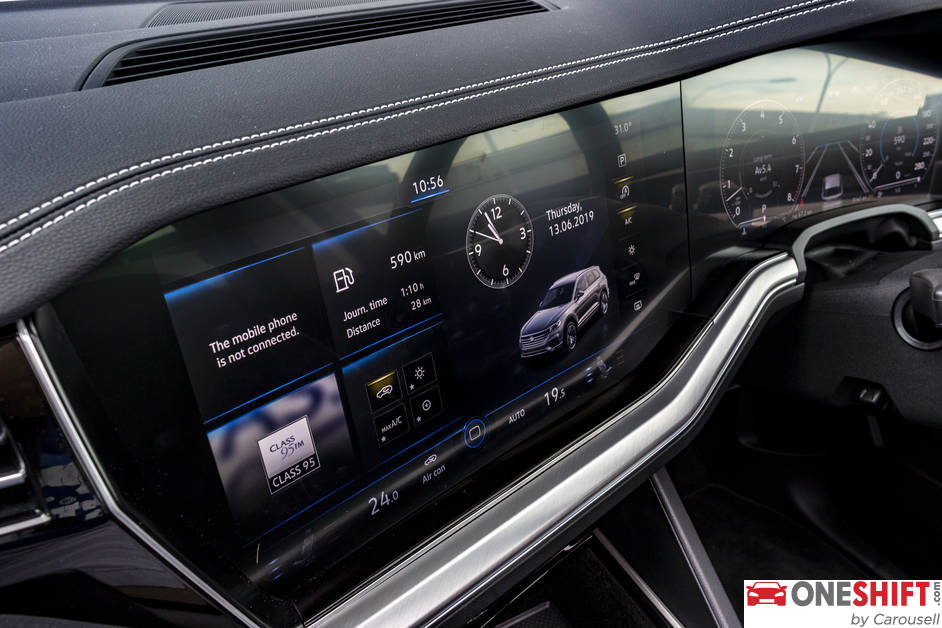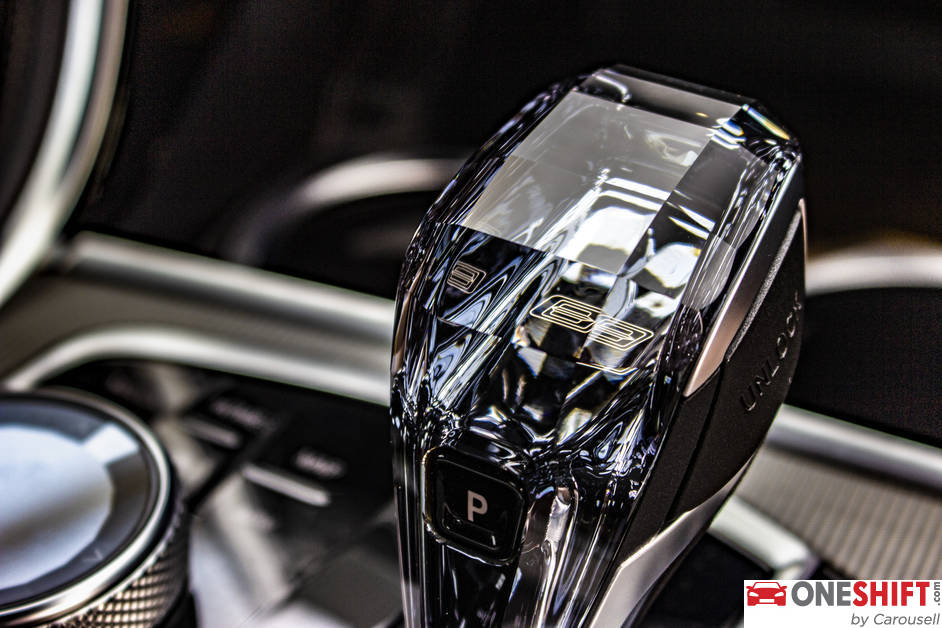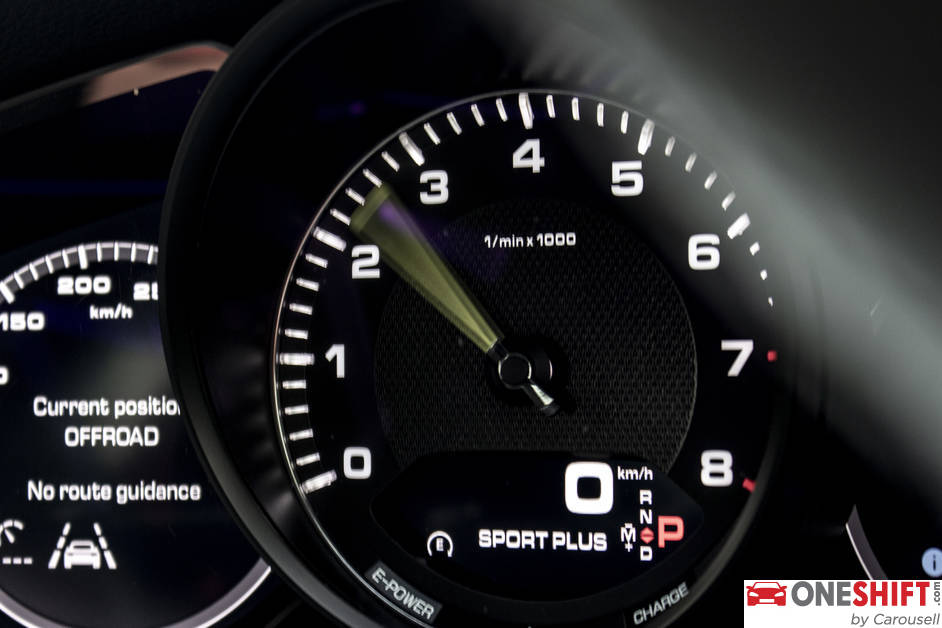5 Things You Should Actually Be Looking Out For On A Test Drive
Most of us think we’re damned good drivers. Admit it. But we’re not here to talk about yours or my driving. Instead, let’s look at something a little more useful; what it is that you should actually be looking out for when you’re on a test drive. Sure, the topic has been covered literally millions of times, but we’ll try to infuse a little twist to test driving and choosing a car.

Most of us think we’re damned good drivers.
Admit it.
But we’re not here to talk about yours or my driving.
Instead, let’s look at something a little more useful; what it is that you should actually be looking out for when you’re on a test drive.
Sure, the topic has been covered literally millions of times, but we’ll try to infuse a little twist to test driving and choosing a car.
Wait what?
You read right – the first thing you’re test driving is really not the car, but rather the salesperson.
Lest the more imaginative amongst us start straying to thoughts of heels and skirts, what we’re talking about here is attitude and knowledge of the sales consultant serving you. Afterall, often times, they are what make or break the deal – sometimes playing a more important role than the car itself.
What you ought to get as a potential customer is a friendly, knowledgeable and most importantly, professional consultant. Someone who’s there to find out your needs, understand your preferences and recommend you the right vehicle.
We all know that sales people have quotas to meet, and cars to sell.
So, the least you should expect is courtesy, patience and accurate information.
No, this is not therapy.
But buying a car should be a happiness-evoking occasion, so you should be buying something that makes you feel good.

Just because your dad and your best pal’s dad both bought Japanese makes throughout your childhood doesn’t mean you ought to stick to the safe or popular choices – go out, explore, try different brands.
These days, social media and online video streaming platforms show you far more than you could even see in the showroom, so go discover. You might be surprised to know that some brands have totally transformed from your childhood days (have a look at the KIA Stonic and Hyundai i30... they even have a hot model).
Oh but remember that what makes you feel good may not make your wife feel equally good, so get your head (and bottom) out of that coupe and into the MPV over there.

Heck, go with the 7-seater SUV from another brand. At least no one will say you’re driving a minivan.
Ah, finally something about the car.
Yes, let’s talk about the car now.

Cabin atmosphere refers to the way the interior of a car makes you feel. And there are distinctly different perspectives depending on whether you’re sat in the drivers’, front or rear passengers’ seats.
So try them all.
Many times we’re caught up with the way the drivers’ seat feels and forget about the rest of the car. The back of the car is where your loved ones mostly, so get in the back and make sure it’s not too claustrophobic.
What no one tells you is that the minor things make a huge difference.

The head liner in black could create a sporty feel, but it can also make a family car feel cramped and dull. Ergonomics are especially important – do your elbows knock against the door panel? Can you rest your arms in a natural position while sitting comfortably? Is the seat angle too upright or too slant?

These things are seldom talked about and noticed but are the niggles that will cause you grief for the next half a decade or so, so you definitely want to pay attention.
Okay, in particular, the driving seat.
For keener drivers, the seating position of car is especially important, because it directly affects your driving.

Think about it – driving isn’t just using your eyes, hands and feet. Your posterior (back and bum) plays a huge role as well, feeling vibrations, sensing the speed and rhythm of traffic, gauging the road surface and so on.
Some cars are build around the driver, and pay special attention to how the driver holds the steering wheel, engages the pedals (think floor-mounted gas pedals versus hanging types) and views the instruments.

Consider also where the controls for everything are at.
Is the touch screen within comfortable reach? Or is a rotary click wheel simply the better choice because you don’t have to look at the infotainment screen to operate it while driving?
Are the climate control vents cooling your body or simply freezing your hands and drying your eyeballs?
Most of these things unfortunately hit you once you start driving the car on a day to day basis. But by that time, it’s already too late.
Well duh.
But let’s break it down to three major aspects – power delivery, ride comfort and handling.

Common terms these, but for the sake of non-petrolheads, we’ll explain in detail.
Power delivery refers to how the engine and transmission work to move the car forward. Identify things like whether there’s sufficient power and torque. Bear in mind that these days you can have turbocharged and non-turbocharged engines in the same price bracket, so find something that suits your needs. Think Honda Civic versus Skoda Octavia for instance.
Not everybody needs or likes a turbo-engine, because a poorly set up throttle could mean a jerky ride. So too could turbo lag. CVTs are incredibly smooth yet drone on, while double clutch transmissions shift with aplomb could prematurely wear out if you’re not used to caring for a clutched automatic, so consider carefully.

Ride comfort refers to the way the car feels over every type of road surface. Does it soak up bumps nicely, is it too stiff and sends jolts through your spine? Do you feel vibrations through the plastics? Ask your rear passengers too, because we all know that the driver doesn’t get car sick; your passengers do.
Lastly, handling is simple really. It’s just how the car responds to your inputs as you instruct it to change directions.

Feel the steering weight, the amount of turn you have to input and the general intuitiveness of the car. Hatchbacks tend to feel nimble and easy to manoeuvre, while long-wheelbase cars these days turn quicker than mid-size executive sedans due to the magic of rear wheel steering.
Credits:

- Convenient and Hassle-Free
- Consumer Protection
Transparent Process
With No Obligation


Get the Best Price for your used car
from 500+ dealers in 24 hours








